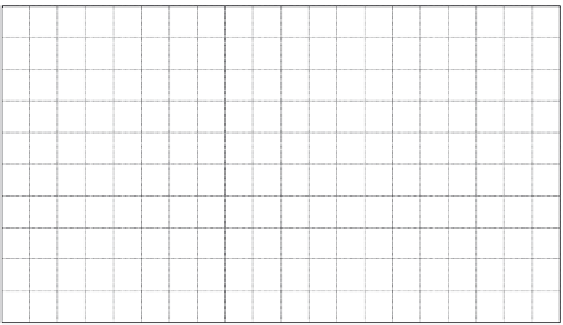Environmental Engineering Reference
In-Depth Information
50
1000
Max Wind speed: 47m/s
45
Wind speed
900
40
800
35
700
30
Power W
600
25
500
20
400
15
300
RPM
10
200
5
100
Wind Direction
0
0
Time (MM/YY/HH/MM/SS)
Figure 10: An operation data of a SWT under a typhoon attack.
idling motion. Thus the WT can resist against extreme winds under typhoons as
well as capture energy instead of shutting down. This feature of high wind opera-
tion is especially very important for remote sites like offshore locations or high
mountain uninhabited sites.
9 Tests and verifi cation
9.1 Safety requirements
Safety requirements are described in IEC Standard 81400-2. Basic procedure of
certifi cation is also indicated. Particularly for SWTs, key items for demonstration
or verifi cation of technical integrity of a SWT are introduced. Informative Annex
A gives the structure of type certifi cation of SWTs as shown in Fig. 11.
9.2 Laboratory and fi eld tests of a new rotor
After system design including aerodynamic design and structural design, then
proto type tests and verifi cation are required.
Regarding to rotor design, at least three methods of rotor performance tests are
possible.
9.2.1 Wind tunnel test
Provided a wind tunnel facility is available in scale and in wind speed range, the
rotor performance vs. arbitrary wind speed as desired can be captured at any time by
wind tunnel testing. However, the stable performances obtained under stable winds






























Search WWH ::

Custom Search